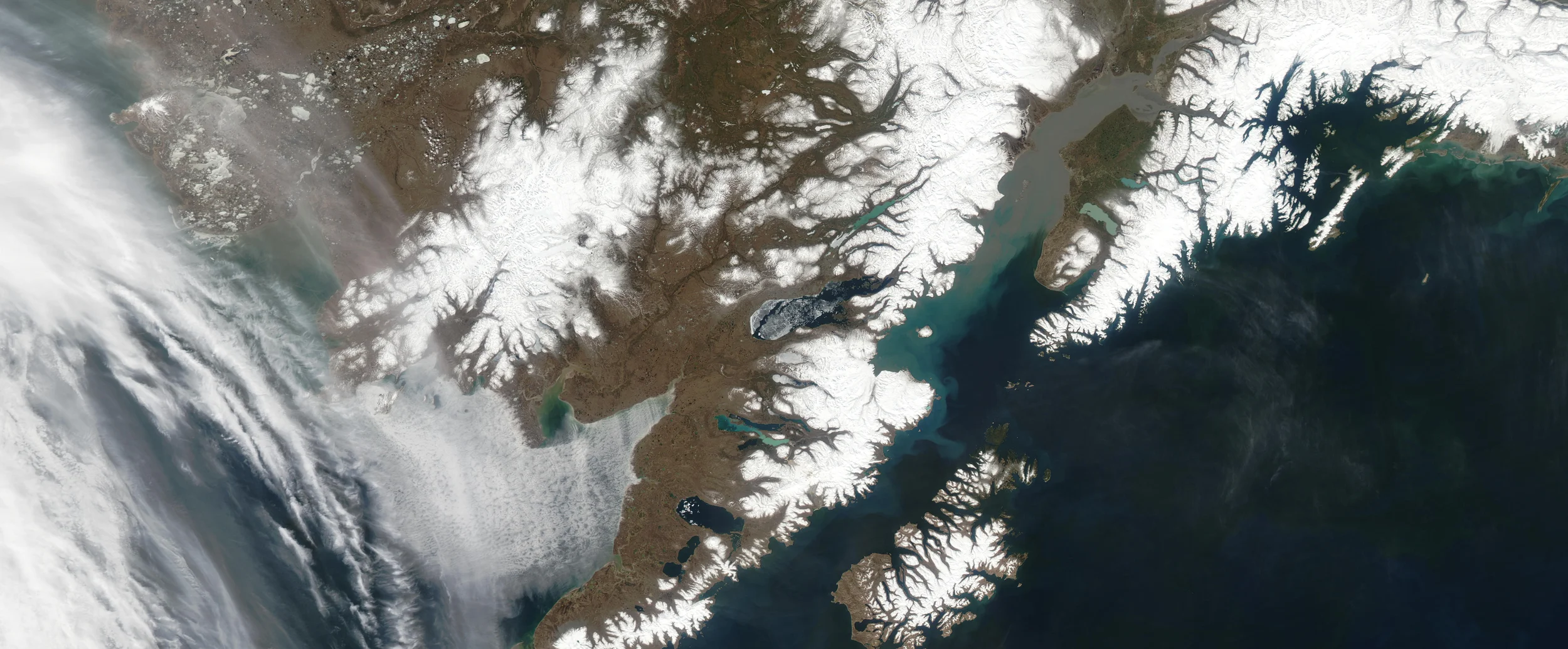The Tidal Resource
Tidal cycles are calculated using harmonic constants defined by the rhythmic movements of the sun, moon, and earth. The earth is spinning, precessing, and pulsating in concert with its celestial neighbors in an ever-changing and infinite series of movements that causes the oceans to rise and fall. This complex pattern has been closely observed for eons and is now known and mathematically predictable, down to the finest detail across the broadest reaches of time. It is possible, if it strikes one’s fancy, to know the precise tidal level at a specific location at a specific moment 100 years or 1000 years in the future. Wind and weather cause changes under extreme conditions (“tidal surges”) and these events are not specifically predictable, but the basic harmonic changes in water levels caused by the tides are eminently predictable.
On a global scope, the tides are a one meter high bulge in the level of the ocean that moves across the globe every 24 hours and 50 minutes. As this bulge nears land, it is changed in amplitude[i] by the decreasing depth and anomalies of the seabed. At the extremes, some tidal ranges are as small as 6 inches and some are as large as 60 feet. Broad-mouthed estuaries create the largest tidal ranges and long straight coastlines tend to have the smallest. The power available (per unit area) in any specific location is a function of the square of the tidal range and thus the largest tidal ranges are the most attractive areas for tidal power generation. The output of any hydroelectric generating plant is dependent upon the head available. [Head = Pressure x Flow] The pressure is determined by the tidal range and the flow is determined by the amount of water available. The amount of water available in an offshore tidal power generator is a function of the area of seabed impounded. It is most economical to build an impoundment structure in a shallow area, so it follows that the most attractive sites for offshore tidal power generation are those where the tidal range is high and there are broad tidal flats at minimal depth.
Generation Profiles
Highest output is achieved from hydroelectric turbines by operating when the available head is highest. The available head is highest at extreme low tide and extreme high tide. These periods are roughly two hours in length, but there is relatively little change in water level during the half hour preceding and the half hour after each of the extreme lows and highs. By including these 30-minute “shoulder” periods, a 3-hour generation period is achieved twice per tidal cycle. Thus, one can effectively generate at optimum levels for roughly half of each tidal cycle[ii]. Unfortunately, tidal cycles do not correspond to daily cycles of demand for electricity.
Simulation Model
The tidal cycle is known and the performance characteristics of low-head hydroelectric generating equipment are also known. By combining these two known sets of parameters, one can simulate the output from a tidal power plant and model a variety of configurations with accuracy and detail. Following is a description of the simulation model used by the author and created by John Haapala of Harza Engineering (now Montgomery Watson Harza Engineering).
The model determines tide levels at 6-minute intervals for any day, month, or year for the period of years between 1949 and 2025. The tide levels are predicted from a series of harmonic equations as provided in a FORTRAN program developed by NOAA, in the case of US sites or by the British Admiralty, in the case of British sites. Predicted tide levels may vary from actual tide levels due to weather conditions such as wind and atmospheric pressure. A comparison of tide levels predicted by the model and actual recorded tide levels showed agreement well within acceptable limits for a feasibility study. The constantly changing tidal regime would cause generation to vary by several percent from year to year. Other things being equal, it was found that during a high generation year (1998) project output would be about 8% greater than in a low generation year (2005). This cycle is known as the nodal cycle.
A hypothetical equipment package is selected and its operating parameters are input and an impoundment size is selected, which defines the amount and timing of water available and the sequence of heads available. Together, these parameters determine the turbine flow and efficiency as well as the generator efficiency. Because the turbines have minimal heads, there are periods of sluicing that are essential to the operation in order to maximize or minimize the water levels in the pool in preparation for the next generation cycle. Some of the sluicing flows through the turbines and sluice gates provide addition sluicing capacity.
Sluicing is determined from the following equation: Q = C*A*(2g*H)1/2
Where:
- Q is the sluice flow in cfs
- C is the sluice gate coefficient or turbine sluicing coefficient
- A is the sluice gate area (ft2) or turbine area for sluicing (ft2)
- H is the head on the sluice (feet)
- g is 32.2 ft/sec2
The net energy is determined by using the following formula:
E = 0.08464*Q*H*Et*Eg*Etr*Lt*Lsu*Lo*T
Where:
- E is the energy generation in kilowatt-hours
- Q is the turbine flow in cfs
- H is the net head on the turbine in feet
- Et is the turbine efficiency
- Eg is the generator efficiency
- Etr is the transformer efficiency
- Lt is the transmission line loss factor
- Lsu is the station use loss factor
- Lo is the forced and unforced outage loss factor
- T is the time increment (0.1 hour in the model)
Hydraulic losses unavoidably occur near the intake and outlet of a turbine. These head losses are included based on the following equation: HL = k*Q2
Where:
- HL is the head loss in feet
- k is the head loss coefficient
- Q is the turbine flow in cfs
Transmission line losses are included to the point of interconnection where the sale of electricity is metered. Some electricity use normally occurs at the project site, which is accounted for in the station use factor. The forced outage loss factor should account for average outages of all types over the economic life of the project. Outage losses would include factors such as transmission line forced outages, and down time for equipment repair, both scheduled and unscheduled.
Single Pool Generation Profile
The simplest generation profile is the single pool impoundment. A tidal barrage can be said to be a single pool/single effect generation profile, because it typically generates only in one direction, on the ebb tide and sluices on the flood tide. The single pool offshore tidal generator operates on both the ebb and the flood tides and can be termed a single pool/double effect generation profile. Generation is maximized when turbine flow is concentrated at maximum head where the highest turbine efficiencies are achieved. With the single pool concept, generation should not normally begin immediately when a minimum operating head is available. By waiting until more head develops, the same flow can be used at a higher head to develop greater energy. The single pool generation profile produces a load factor of 48% with power available roughly half of the time.
Notes
[i] Only under rare circumstances is the period of the tidal cycle changed.
[ii] Three hours at low tide and three hours at high tide. Load factor is roughly 48%, using this profile.


